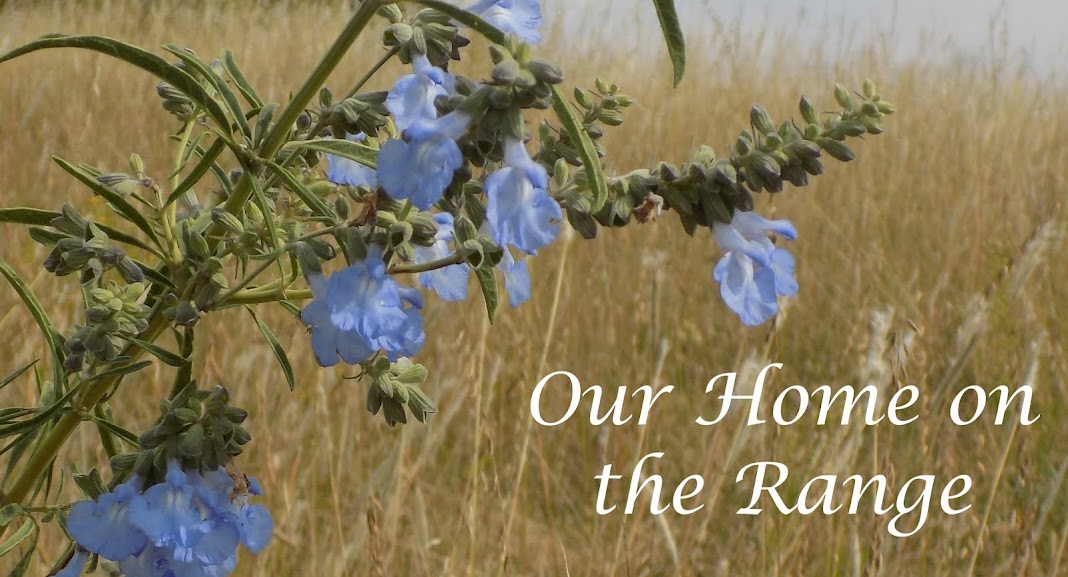First of all, I forgot to mention a fun book in my last post on Slavery and the Civil War, Abe Lincoln Crosses a Creek: A Tall, Thin Tale (Introducing His Forgotten Frontier Friend) by Deborah Hopkinson with pictures by John Hendrix. We didn't read this for our study because I found it later, but it's a fun tale of Abraham Lincoln's youth, when he was saved from near-certain death by a friend. It humorously reminds us that we don't know everything about the past from the tales that come down to us. What I love most about it, though, is the thought at the end that even the actions of a child can lead to great things in the future.
Going West by Jean Van Leeuwen, illustrated by Thomas B. Allen, is a nice book about a pioneer family traveling west by covered wagon to the prairie. The weather is harsh, the neighbors are few, but the family makes a home.
Two Scarlet Songbirds: A Story of Anton Dvorak by Carole Lexa Schaefer, illustrated by Elizabeth Rosen, tells of Dvorak's visit to Iowa in 1893 and his composition of his American Quartet. It's fictionalized, but fun to read. I read this again to the children recently as part of our music appreciation. Then we listened to some of the piece on Spotify.
I put in our book basket Ten Mile Day and the Building of the Transcontinental Railroad by Mary Ann Fraser. That's a fine book, but just last year Brian Floca published Locomotive. The illustrations are stunning and the text is as much a part of the story as it tells the story. The endpapers are full of additional information on the first transcontinental railway line as well as the engine itself. I can completely understand why it won the Caldecott Medal and think it would be perfect for this kind of study. You might need to pause and finish on another day with younger children (just watch to see if their interest is lagging) because it is such a rich book.
I found two biographies of George Washington Carver I liked. I finally decided to ask the children which the wanted to hear. Based purely on the front cover, First Daughter requested A Weed Is a Flower: The Life of George Washington Carver written and illustrated by Aliki. I also really enjoyed A Man for All Seasons: The Life of George Washington Carver by Stephen Krensky, illustrated by Wil Clay. They convey similar information and are both inspiring.
When Jessie Came Across the Sea by Amy Hest, illustrated by P.J. Lynch, is one of my favorite picture books. I love it and any excuse to read it.
Journey to Ellis Island: How My Father Came to America by Carol Bierman, illustrated by Laurie McGaw, is the true story of the author's father who immigrated in 1922. It's written for older elementary or even middle school students and is full of personal stories and facts about Ellis Island, the people who passed through it, and the lives they led in America. The lovely illustrations are combined with reproductions of photographs. I put this in the book basket for the kids to look through. If I had read it aloud, I would have spread it over a few days.
Posts in This Series - I'll update this list with links to all the others after they post.
#1: Slavery and the Civil War
#2: Progressive Era and Immigration (this post)
#3: World War I, Women's Suffrage, and the 1920s
#4: The Great Depression and World War II
#5: Civil Rights, Hawai'i, Alaska, and Space Exploration
While First Son was in kindergarten, we read these books on Reconstruction, Urbanization, and Industrialization and these book on the Progressive Era. In addition, you can find links to all the picture books we read through American history in 2009-2010, when First Son was in kindergarten.


